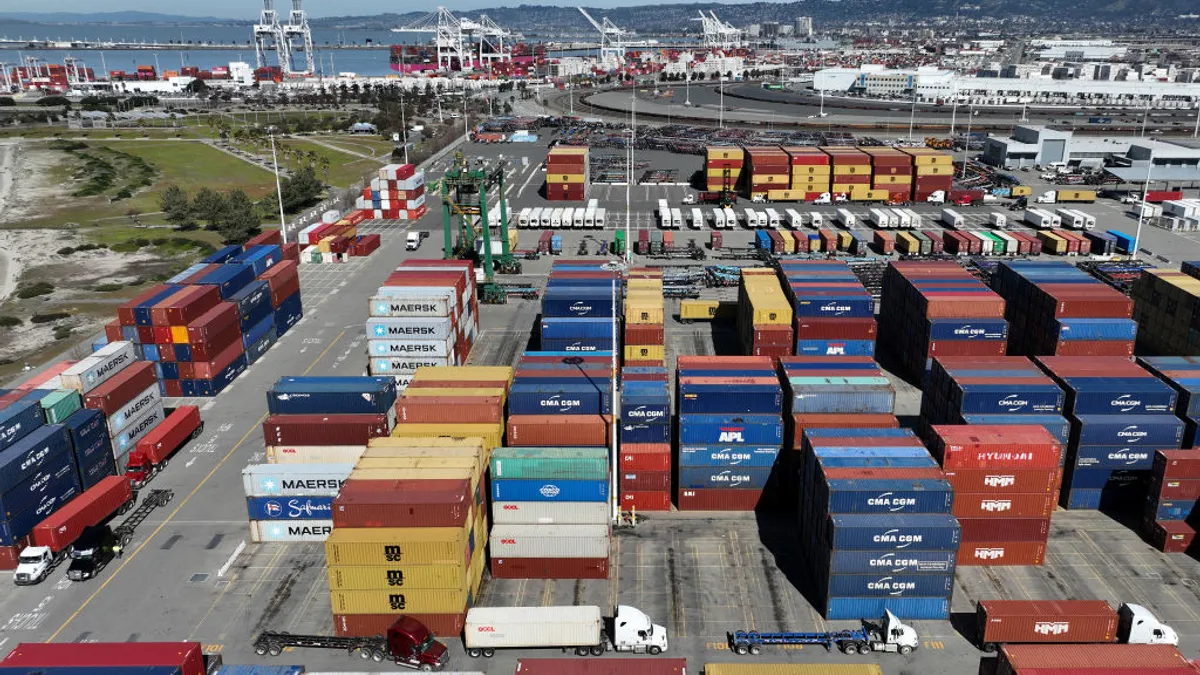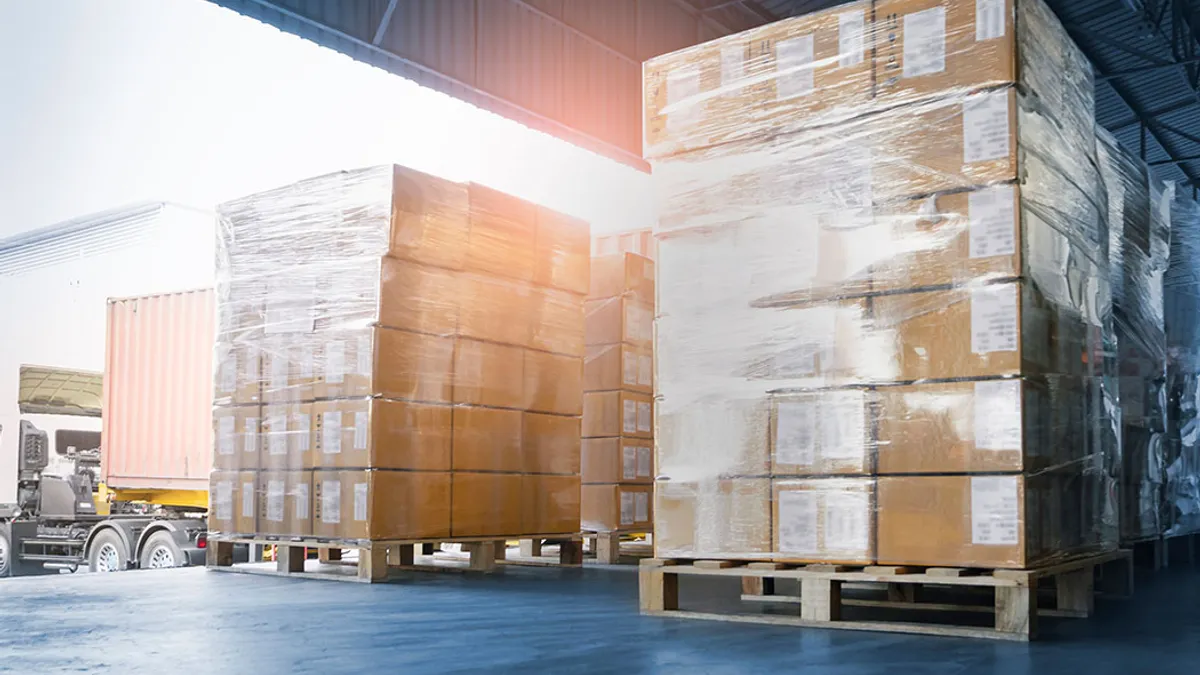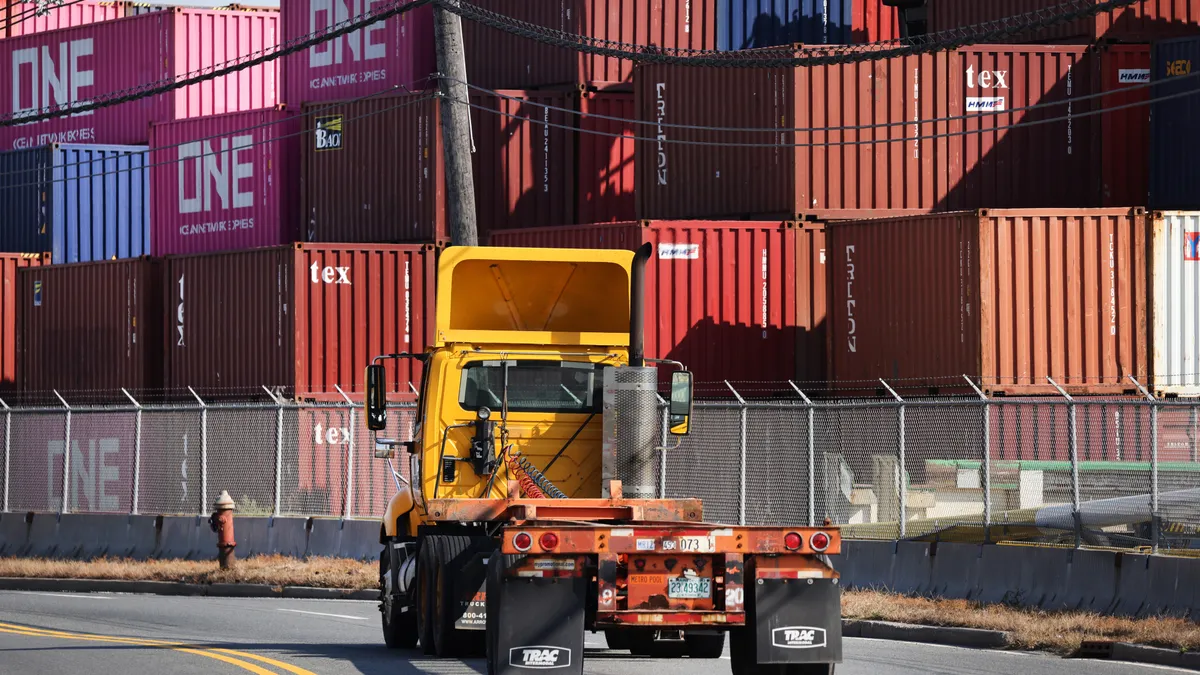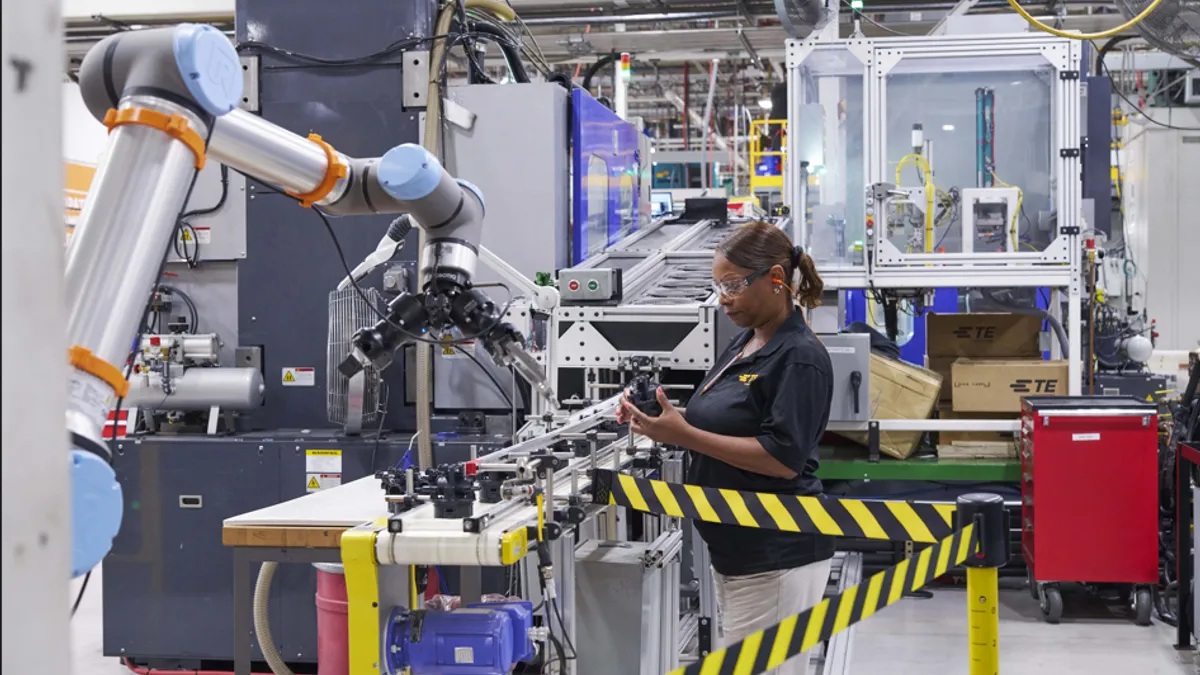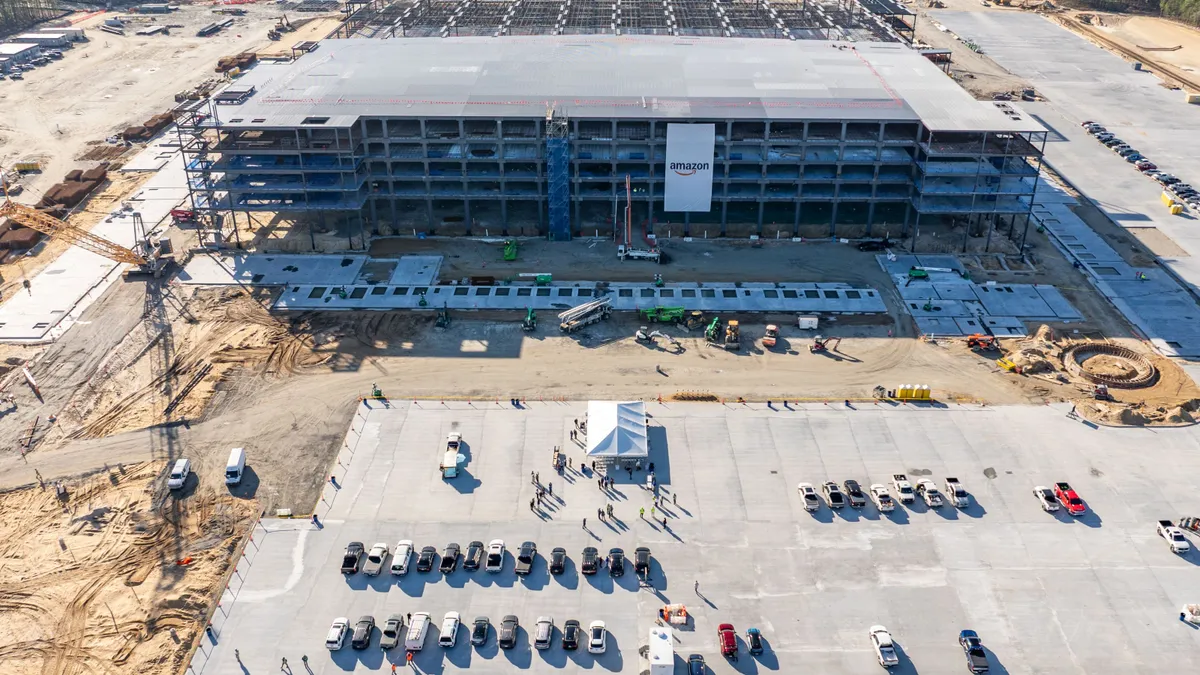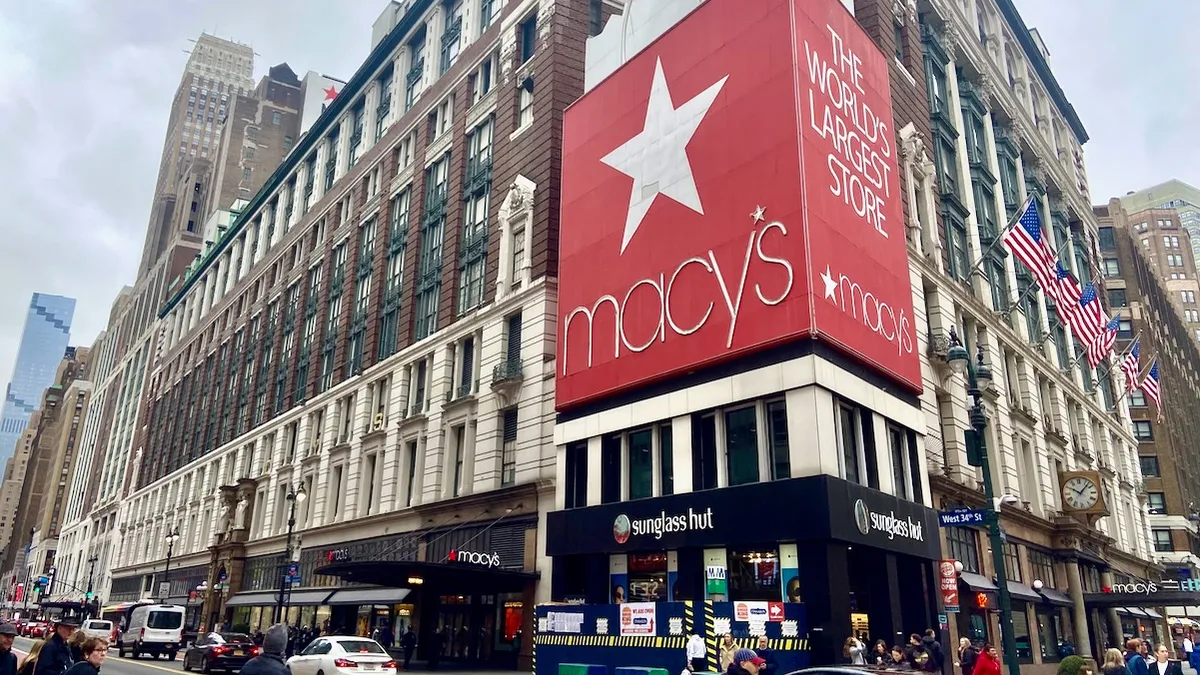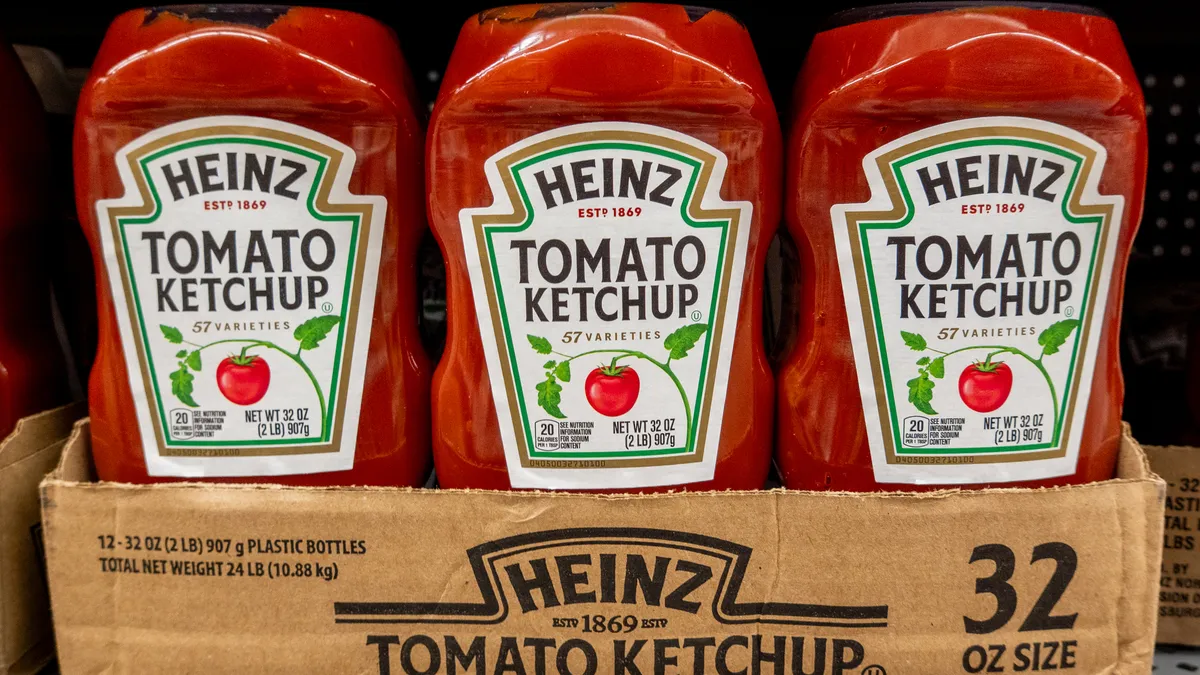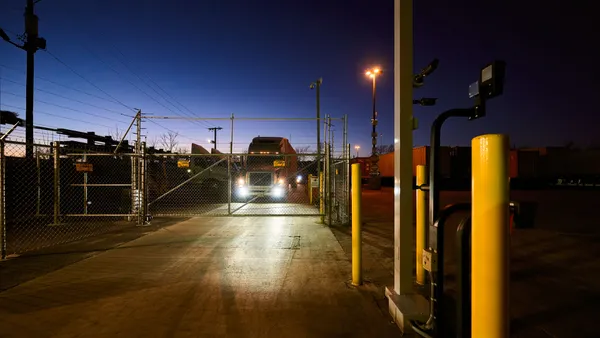Supply chains are constantly changing as new rules, technologies, resources and market trends transform operations. Here's a skim of the week's indexes, technology announcements, expansions and M&As from around the web.
In Case You Missed It
- Protests in Mexico last week led to supply chain disruptions nationwide, costing some companies millions.
- Retail and transport are among the five sectors most likely to be disrupted by IoT implementation.
- For National Human Trafficking Awareness Month, a guest contributor explores how supply chains benefit from ethical practices.
Market Snapshot
The U.S. Department of Transportation's Bureau of Transportation Statistics released a series of reports and indicators this week, showing the strong relationship between intermodal transportation and the overall economy.
Most notably, the BTS released its first Transportation Economic Trends report, a 94-page, eight chapter full year analysis, explaining both the state of transportation and its performance according to individual economic indicators, like employment, productivity, costs, gross domestic product and capital value.
The Transportation Services Index (shown below) shows that, despite the effects of the Great Recession, the transportation sector has largely recovered, and now sits roughly 19% above the average recorded in 2000, with freight accounting for 13.9% and passenger transportation about 30.9%. The index is aggregated from raw data collected by the Department of Transportation. The freight index incudes for-hire trucking, freight railroad services, inland waterway traffic, pipeline movements and air freight data.
In other chapters, the report notes the following: transportation capital stock is valued at $5.31 trillion; the sector contributed 8.9% of GDP to the U.S. economy and employed 13.1 million people in 2014; in 2012, the federal government provided $350.4 billion in funding to transportation programs (51.4% of which was levied by tax); and states and municipalities have increasingly shouldered the burden of funding since 1995, among other details.
In separate releases, the BTS also projected freight-ton miles will grow by 49% in the next three decades to carry roughly 7.6 trillion ton-miles in 2045, compared to the 5.1 trillion carried in 2015. Finally, an additional release showed cross-border freight continues to decline in North America, falling 3.6% to $93.2 billion in October 2016 and marking the 21st of the past 22 months to have recorded a decline.
Speaking of international operations, the IHS Markit Purchasing Managers' Index showed China, Vietnam, Kenya and Turkey's manufacturing sectors expanded in December, while Mexico, Brazil and India contracted, Sourcing Journal reported.
Running a container shipping operation can be a risky endeavor, and not just for the carriers. A recent report from the International Maritime Bureau revealed that more crew were kidnapped on the high seas in 2016 than in the past 10 years, American Shipper reports. Piracy and kidnappings were reportedly most prominent in the Sulu Sea between East Malaysia and the Philippines.
On the plus side (for carriers), Drewry statistics show spot container rates on East-West trade routes rose above the five-year average last week, with the index marking a price of $1,770 per 40-foot container.
Technically Speaking
President-elect Donald Trump may have a new target in his quest to protect American jobs, only this target is far less likely to respond to tweets. A recent Seattle Times report revealed Amazon had hired 15,000 robots to work at 20 fulfillment centers over the past year, marking a 50% increase in non-human hires.
While the robot-hiring can be justified by citing the labor gap from the logistics boom, which has helped employ thousands of warehouse workers nationwide and forced fulfillment providers to sweeten labor deals, technology appears to be costing jobs at Wal-Mart, too. The big box retailer announced a further round of job cuts at its headquarters this week, as part of its drive to eliminate 7,000 white collar jobs in favor of new technology.
While robots and machine learning are different in engineering, the threat of job-eliminating technology breakthroughs is unlikely to end anytime soon. In fact, as automation advances, the logistics industry may be next in line for disruption.
The U.S. Department of Transportation this week announced a new committee to explore the best practices, challenges and opportunities arising from automated technology. Drones, self-driving vehicles and their connection with infrastructure are likely to be a key topic for the 25 committee members, which include the likes of General Motors, FedEx, Amazon, Zipline, Uber and Delphi Automotive.
Elsewhere, logistics technology continues to advance both in concept and implementation. Singapore's Ministry of Transport, PSA International, Scania and Toyota Tsusho partnered to develop and test the use of autonomous truck platoons within the Port of Singapore, American Shipper reports. Meanwhile, Hong Kong-based uber-for-logistics startup Lalamove raised $30 million to continue its expansion in Asia, where it has a presence in 55 cities.
Shifting gears, various Software as a Service providers released new updates or features to begin the new year. Oracle Retail Suite added 16 new cloud services, including mobile features, and Omnitracs launched a mobile app of its Virtual Load View solution for transportation and logistics companies.
Finally, Descartes Systems Group revealed the International Air Transport Association (IATA) was using Descartes' proprietary Global Logistics Network to help over 100 air carriers, freight forwarders and ground handling agents transfer electronic air waybill data and status messages. The move comes as the IATA is encouraging digitization among small- and medium-size forwarders, who generate roughly 25% of the waybills.
Breaking Ground
Railroads and city dwellers don't always get along, for despite the economic benefits of freight transport, the safety, noise and traffic concerns often threaten new railway projects.
At least, that was the case in Mosier, OR where Union Pacific just filed a lawsuit to ensure its four-mile track project could continue, despite protests by the local county commission. The Associated Press reports the $42 million double-track project was approved in 2015, but a June derailment — which sparked a large fire due to the oil carried — led local officials to cancel the project based on tribal treaty rights. The Union Pacific lawsuit seeks to reverse this decision through a federal court, which supersedes local laws.
Meanwhile, a deep-water port may soon be developed in Alaska after the Water Infrastructure Improvements for the Nation Act passed congress last session. The Journal of Commerce reports the Act extended a feasibility study for the Port of Nome on the Bering Sea, which is a hub for 60 communities in the region and handled 30,000 tons in 2015.
In the air cargo world, American Airlines announced it would begin a daily, non-stop Airbus A330-200 widebody service between San Juan, PR and Philadelphia, PA, the location of its 25,000 square-foot pharmaceutical storage facility, Air Cargo News reports.
The growth of industrial real estate was a theme throughout the past year, especially within the e-commerce fulfillment space, but a quick look at supply chain solutions provider NFI showcases just how much the need has grown over the past decades. The $1.3 billion global company announced it had grown its warehouse footprint to 31 million square feet within the past 30 years.
Mergers & Analysis
One side effect of widespread industry consolidation is that when a takeover rumor spreads, everyone reacts to it. At least, that is what happened to Orient Overseas Container Line parent company OOIL, which saw stocks jump up to 20% Wednesday after industry analyst Alphaliner suggested COSCO Shipping and Evergreen Marine were best suited to purchase the company. Speculation has spread throughout the industry over the past few days, with competitor analyst Drewry Shipping Consultants noting that CMA CGM would be the better bet to make the acquisition.
Various outlets report OOCL denies the rumors, and has done so for months. For now, traders and analysts alike are happily entertaining the impact and benefits of the acquisition of the world's 8th largest shipping line by volume. Similar deals have happened before (read: Hamburg Sud) after all, and the race to become a mega-shipper continues apace.
Elsewhere in the shipping industry, Hyundai Merchant Marine announced it would hire up to 220 Hanjin Shipping employees as the company eyes a future as a regional powerhouse.
Meanwhile, Alibaba is increasing its foothold in the logistics space by partnering with freight forwarder WCA to help the e-commerce company fulfill B2B shipments to the U.S., India and the U.K., The Load Star reports.
Not to fall behind on the partnership game, DHL Supply Chain announced a new partnership with environmental compliance specialist Landbell Group. As the ripple effects from the Paris Agreement make their way into environmental regulation, the partners aim to help companies comply with European Union standards throughout their value chain, Supply Chain Digital reports.
In addition, FedEx recently inked a partnership with Walgreens to offer in-store pickup at 8,000 stores. Perhaps a precursor to the antitrust approval of the Walgreens-Rite Aid deal, the partnership signals both companies' drive to compete more directly with rivals CVS and UPS.
In other news, 3PL Radiant Logistics purchased Canada-based Lomas Logistics, healthcare device company Körber acquired Fargo Automation to meet demand for self-administered drug-delivery devices, Arizona-based freight broker GlobalTranz bought Wisconsin-based Global Freight Source and XPO Logistics won the contract bid to operate a Cummins distribution center in Memphis, TN.





